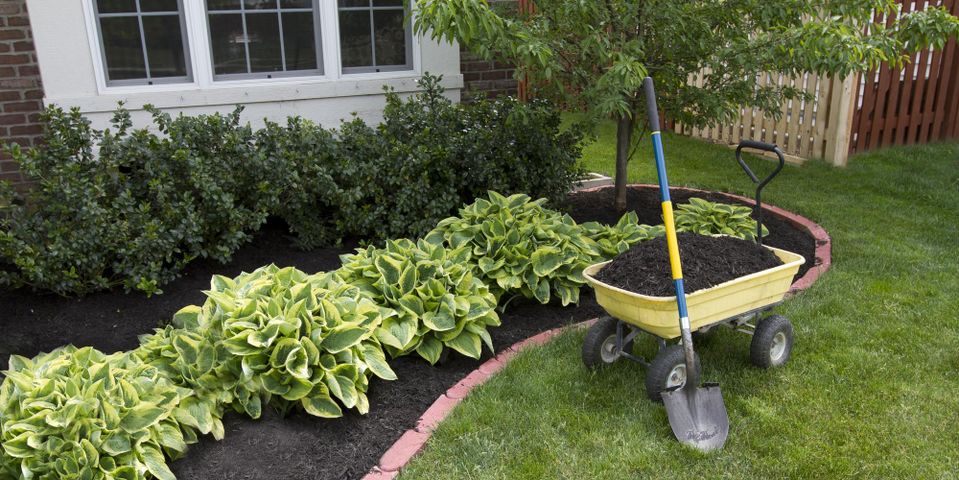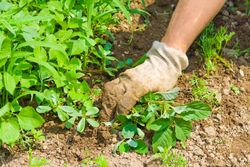
Large land clearing and tree stump removal jobs tend to produce a lot of organic materials, such as wood chips and clippings. While these matters often look like nothing more than yard waste, they can be used for mulch—a protective layer that covers the soil around tree trunks and in garden beds. To help you take your landscape to the next level, here are a few essential points about mulch and how to use it.
What Are the Benefits of Mulch?
Preserves Moisture
Organic mulch keeps soil damp and cool by preventing moisture from evaporating. This benefit can go a long way in keeping your ground and the surrounding plants healthy, especially during dry spells. It can also reduce watering needs so you can save on your water bill.
Prevents Erosion
Just as mulch keeps moisture from escaping, it also prevents rainwater from overloading the soil. Without this protective layer, heavy rain may gradually wear at the ground, causing it to erode. Over time, erosion can have a severe impact on the health of your landscape, its drainage abilities, and the strength of your home's foundation.
Blocks Weed Growth
 If you're tired of pulling weeds or applying herbicides, consider putting down mulch instead. Not many weeds are strong enough to push through the barrier of mulch, which will save you time and energy during the summer.
If you're tired of pulling weeds or applying herbicides, consider putting down mulch instead. Not many weeds are strong enough to push through the barrier of mulch, which will save you time and energy during the summer.
How Do You Apply Mulch?
Choose the Right Time
Mulch is typically applied in the early summer. This timing allows you to maximize the water-retaining benefits before potential weed growth gets out of control. However, you can also apply mulch in the late fall to slow down the soil's freeze-thaw cycle and protect your plants.
Prepare the Area
Before you apply mulch, remove any existing weeds. If the area is large, consider land clearing to remove unwanted organic materials easily. Next, rake the soil to even it out, and place an edge around the area with stones or a grass line to help contain the mulch.
Apply the Correct Amount
Using a wheelbarrow, pitchfork, and gloves, start applying layers of mulch to the soil. In general, the mulch should be at least an inch deep to retain moisture properly. However, a two-inch depth may be appropriate if you're trying to deter weeds. During the winter, a four-inch depth can help sustain the right temperature for soil.
Specializing in tree care and land clearing, Alaska Hydro Ax is a leading resource for landscape maintenance jobs in Anchorage. Whether you want to prepare for construction, protect your soil, or maximize your space, this team will use top-tier tools and techniques to clear out obstacles, including tree stumps and shrubs. Once they’re finished, you’ll also have access to high-quality mulch to further enhance your landscape. To learn more about these services, visit them online or call (907) 243-6200.
About the Business
Have a question? Ask the experts!
Send your question

